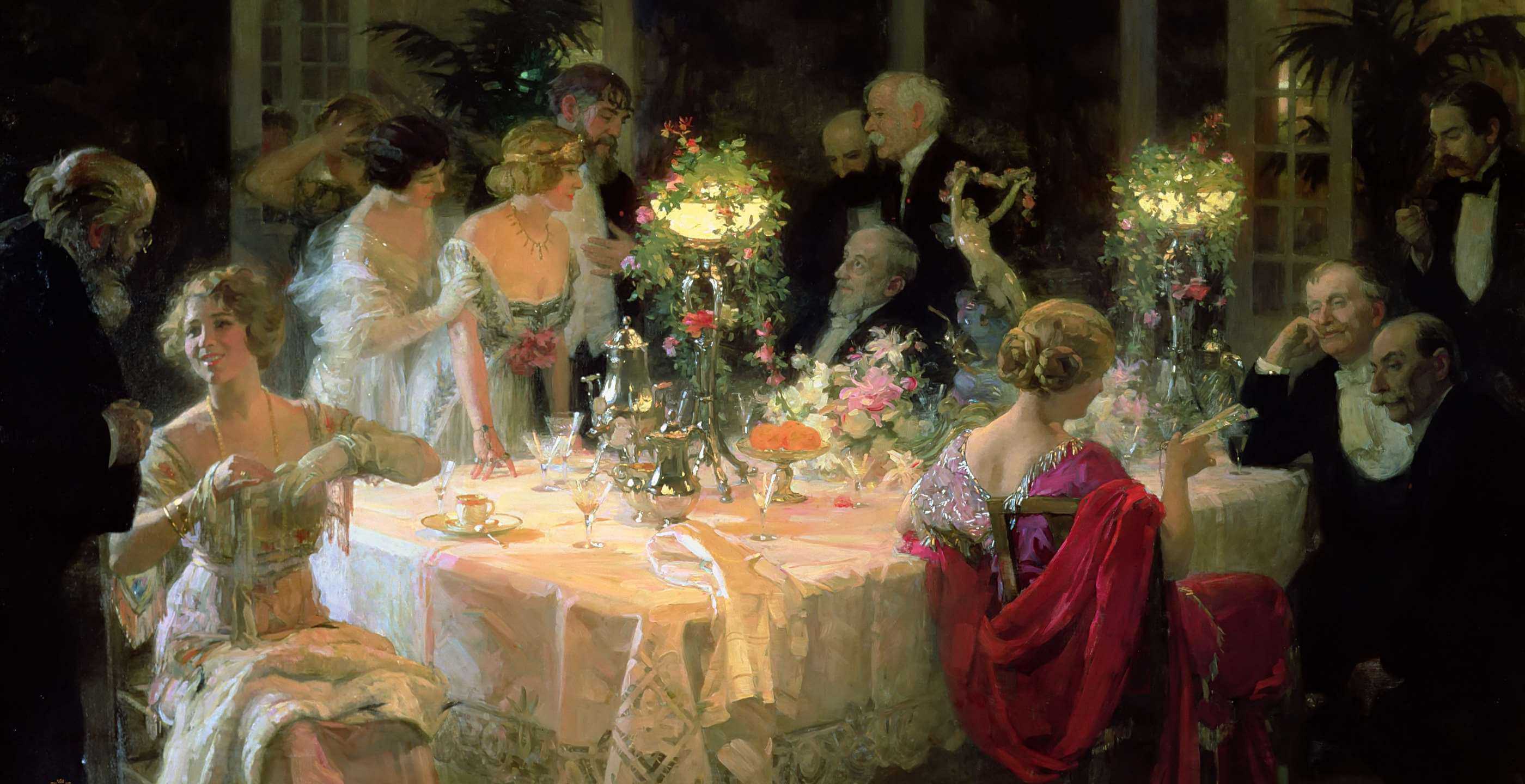Afternoon tea, that most quintessential of English customs is, perhaps surprisingly, a relatively new tradition. Whilst the custom of drinking tea dates back to the third millennium BC in China and was popularised in England during the 1660s by King Charles II and his wife the Portuguese Infanta Catherine de Braganza, it was not until the mid 19th century that the concept of ‘afternoon tea’ first appeared.
Afternoon tea was introduced in England by Anna, the seventh Duchess of Bedford, in the year 1840. The Duchess would become hungry around four o’clock in the afternoon. The evening meal in her household was served fashionably late at eight o’clock, thus leaving a long period of time between lunch and dinner. The Duchess asked that a tray of tea, bread and butter (some time earlier, the Earl of Sandwich had had the idea of putting a filling between two slices of bread) and cake be brought to her room during the late afternoon. This became a habit of hers and she began inviting friends to join her.
This pause for tea became a fashionable social event. During the 1880’s upper-class and society women would change into long gowns, gloves and hats for their afternoon tea which was usually served in the drawing room between four and five o’clock.

Traditional afternoon tea consists of a selection of dainty sandwiches (including of course thinly sliced cucumber sandwiches), scones served with clotted cream and preserves. Cakes and pastries are also served. Tea grown in India or Ceylon is poured from silver tea pots into delicate bone china cups.
Nowadays however, in the average suburban home, afternoon tea is likely to be just a biscuit or small cake and a mug of tea, usually produced using a teabag. Sacrilege!
To experience the best of the afternoon tea tradition, indulge yourself with a trip to one of London’s finest hotels or visit a quaint tearoom in the west country. The Devonshire Cream Tea is famous world wide and consists of scones, strawberry jam and the vital ingredient, Devon clotted cream, as well as cups of hot sweet tea served in china teacups. Many of the other counties in England’s west country also claim the best cream teas: Dorset, Cornwall and Somerset.
Of course, of all the regional variations of how a cream tea should be served the titans in this battle always boil down to just two… The Devonshire Cream Tea versus the Cornish Cream Tea. In terms of this, once the warm scone has been split in two the all-important question is in what order should the clotted cream and strawberry jam be added? Of course the Team at Historic UK must be seen to be completely unbiased in their views on this issue, however as we are based in Devon it is always… Cream First!
There are a wide selection of hotels in London offering the quintessential afternoon tea experience . Hotels offering traditional afternoon tea include Claridges, the Dorchester, the Ritz and the Savoy, as well as Harrods and Fortnum and Mason.

Published: 16th May 2015







